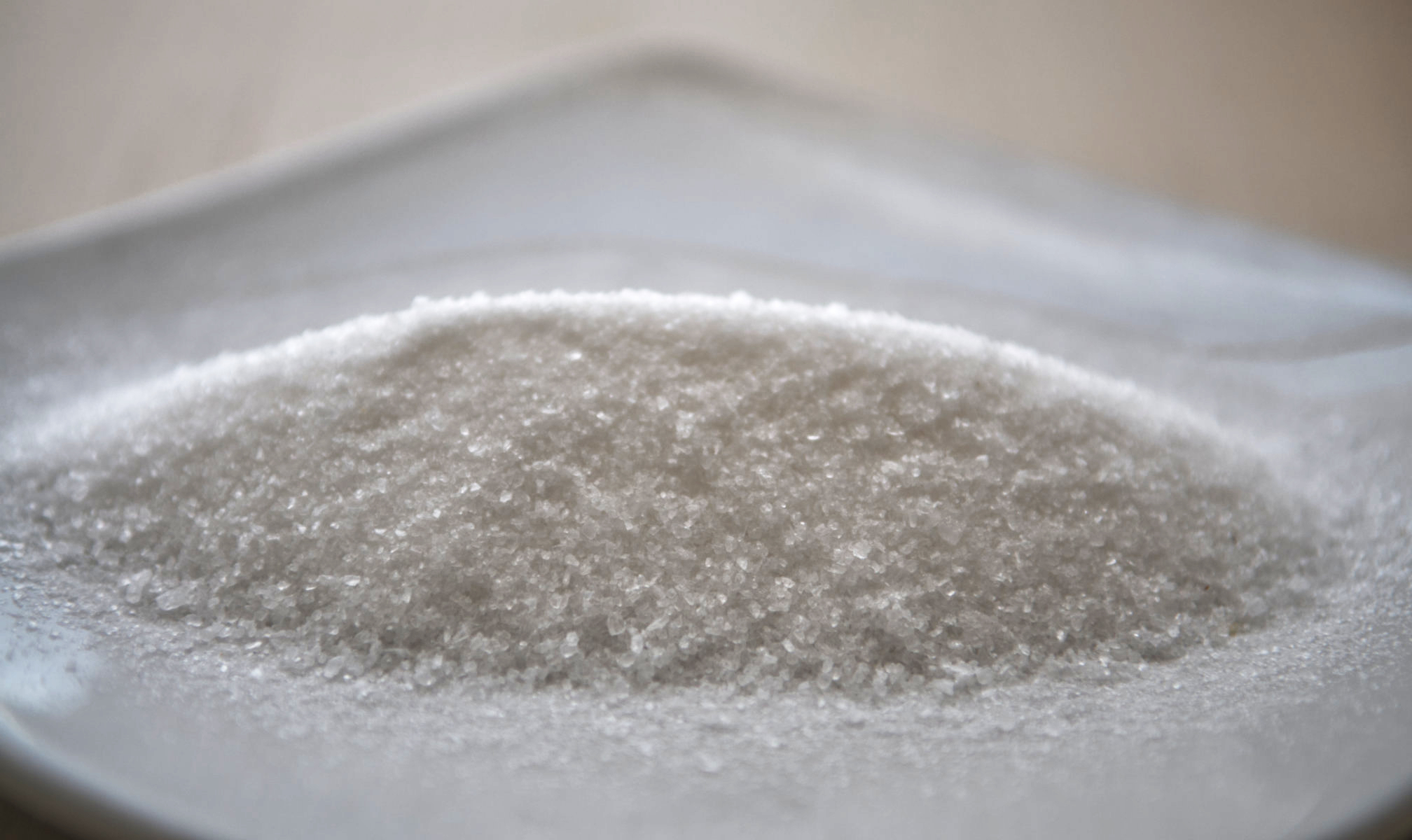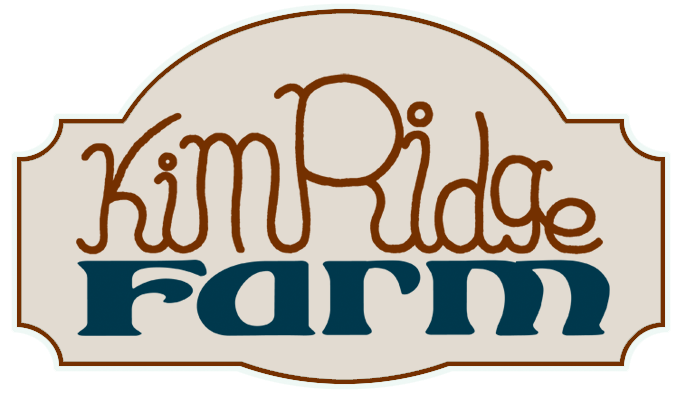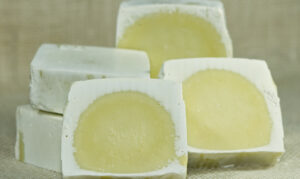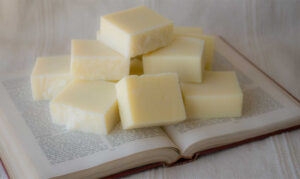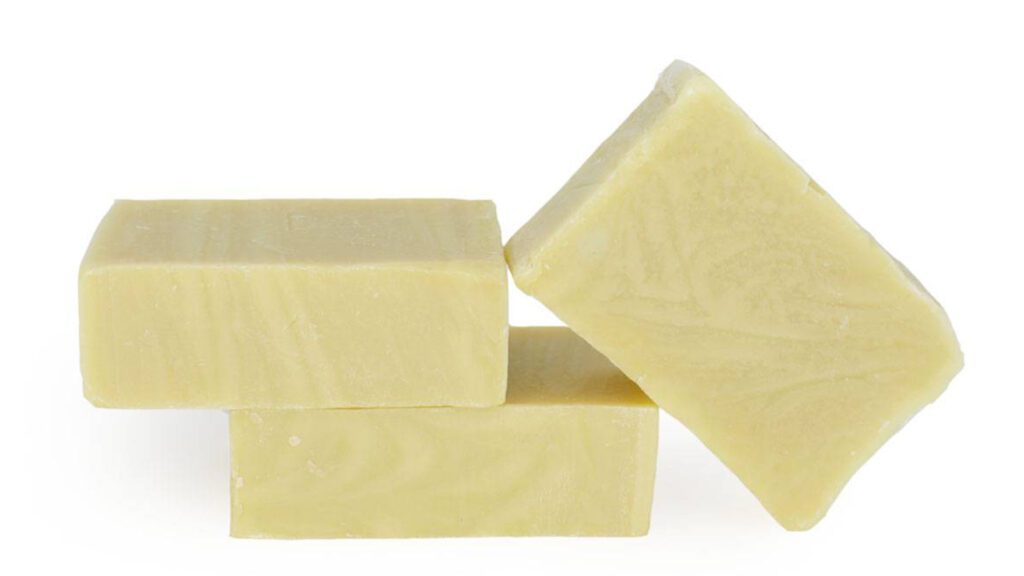What is Lye in Soap Making?

Lye in soap making is a crucial component transforming oils into soap through a chemical reaction called saponification. Whether you’re crafting homemade soaps or exploring the science behind saponification, understanding lye is essential for safe and successful soap production.
Chemical formula for lye is sodium hydroxide (NaOH). The other form of lye is potassium hydroxide (KOH).
While lye can be dangerous if mishandled, understanding its properties, uses, and safety measures will help you create beautiful, skin-friendly soaps with confidence.
This chapter covers everything you need to know about lye in soap making, from its chemical role to best practices for safe handling.
Can you us other alkali instead of lye?
No. Not if you want to make soap. We use sodium hydroxide to make solid soap bars. For liquid soap, potassium hydroxide (KOH) is more appropriate.
Lye is a strong alkali (pH 14) that reacts with fats and oils to produce soap. Soap makers need lye to create true soap. All soap, including commercial brands labeled ‘lye-free,’ begins with lye in the manufacturing process. The finished product simply no longer contains active lye.
Two Key Reasons Lye Matters in Soap Making
- Lye drives the saponification process
- When lye mixes with oils, a chemical reaction occurs that turns them into soap and glycerin.
- Soap makers achieve a mild, balanced bar by using the proper lye-to-oil ratio, which completely uses up the lye.
- Lye requires careful handling
- Lye is caustic and can cause burns if it contacts skin or eyes.
- Following safety protocols (like wearing gloves and goggles) turns soap making into a safe and enjoyable endeavor.
Beyond Soap: Other CommonUses of Lye
Lye isn’t just for soap. Manufacturers utilize this versatile chemical across multiple industries:
- Household Cleaning – Found in drain cleaners and oven degreasers.
- Food Production – Used to form distinctive flavor and golden-brown crust in pretzels, to peel fruits, and process cocoa.
- Industrial Applications – Helps manufacture paper, biodiesel, and textiles.
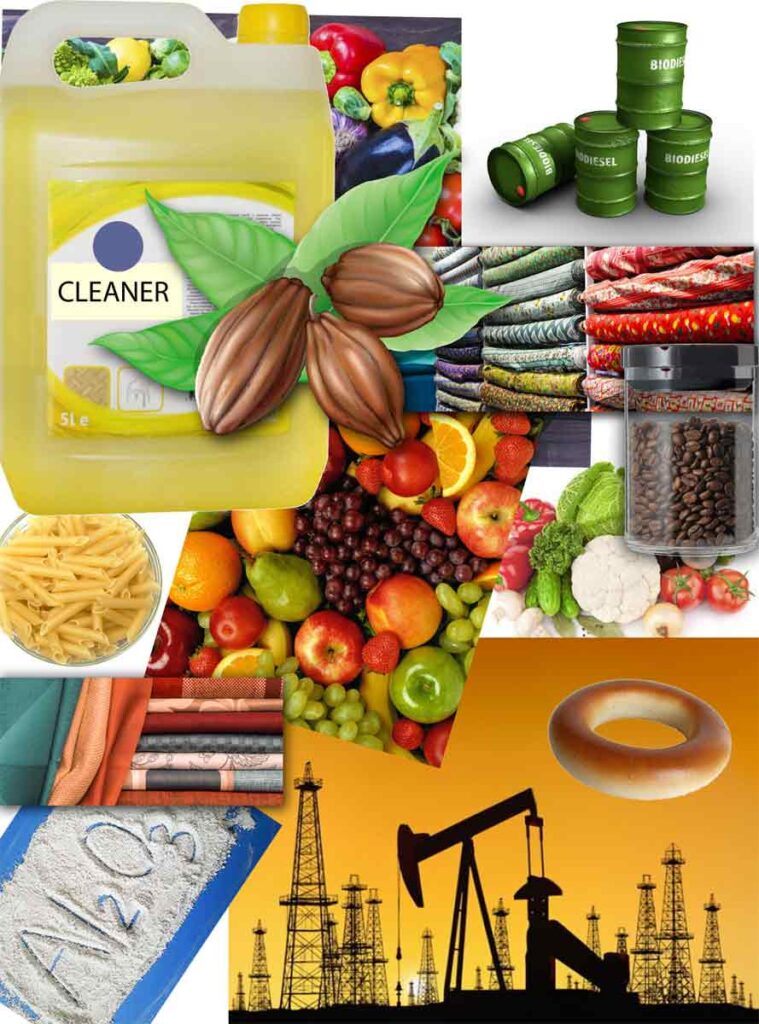
Despite its harsh nature, properly processed lye leaves no harmful residue, making it safe for food, clothing, skincare and other daily products.
The Science Behind Lye in Soap Making
Lye is a strong, water soluble alkali or base that readily binds weak acid forming harmless salts.
How Does Lye Turn Oils into Soap?
When lye reacts with fatty acids (found in oils like coconut, olive, or shea butter), it forms soap molecules and glycerin. A correctly balanced recipe allows saponification to completely neutralize all lye in the finished soap.
Sodium hydroxide and potassium hydroxide are pure chemicals. Because they are highly reactive and water soluble, they do not leave noxious byproducts from reactions with acids.
For instance, combining sodium hydroxide with hydrochloric acid produces table salt and pure water.
NaOH + HCl => NaCl + H20
In soap making, you must use the right amount of lye in your oils and fats to ensure that the saponification reaction uses up all the lye.
What Happens if You Use Too Much or Too Little Lye?
- Too much lye → Harsh, irritating soap (lye-heavy bars can burn the skin).
- Too little lye → Soft, oily soap that may spoil quickly.
Using a lye calculator helps ensure the perfect balance for safe, effective soap. Soapcalc.net, for example, is an easy and straightforward lye calculator.
Buying and Storing Lye for Soap Making
Choosing the Right Type of Lye for Making Soap
When you shop for lye, you may find different forms of lye, such as flakes, chips, granules, pellets, or a solution.
- Look for food grade 100% sodium hydroxide that comes in flakes or granules.
- Avoid drain cleaners with added chemicals — they’re unsafe for soap making.
Proper Storage Tips
- Keep lye in an airtight plastic or glass container (metal can corrode).
- Store in a cool, dry place away from children and pets.
- Label clearly to prevent accidental misuse.

What Equipment Do You Use with Lye in Soap Making?
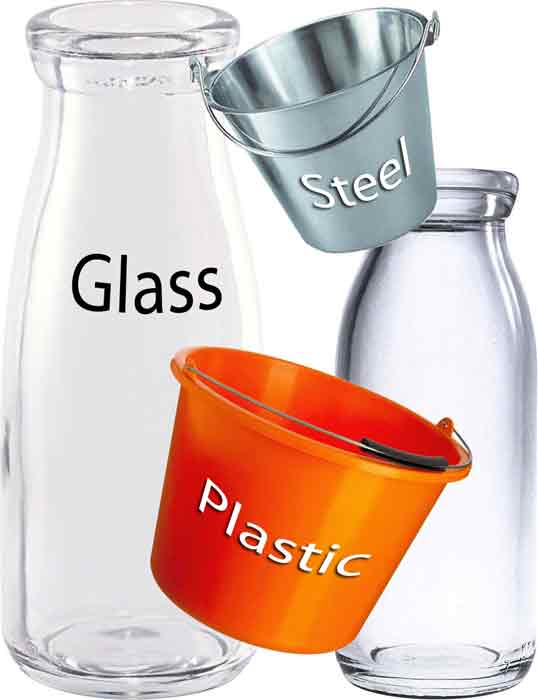
Glass, heat proof ceramic or stoneware, enamel, plastic, wood, and steel bowls are fine to use with lye and lye solution. You can also use wood, metal, or plastic spoons.
Do not use aluminum with lye. Lye reacts with aluminum forming toxic gases. Remember, manufacturers use lye to extract aluminum from soil. Lye also reacts with tin and zinc.
Have lemon juice or vinegar readily available if your skin becomes exposed to lye. A spray bottle with undiluted vinegar works very well.
Essential Safety Tips When Working with Lye
Many people make lye soap at home and it’s a lot of fun. Your soap-making experience will just as enjoyable practice care and safely when handling and mixing lye.
Protective Gear You’ll Need
- Gloves (nitrile or rubber)
- Goggles (to protect eyes from splashes)
- Long sleeves and closed-toe shoes
- A well-ventilated workspace (lye fumes can be irritating)
- Never touch your face when you handle lye
- If you spill lye solution, wipe it up with old rags and wash the area with a vinegar and water solution.
Mixing Lye and Water: The Golden Rule
When you make soap, you will be mixing lye with water. It is very important to know how to do it.
❗ Always add lye to water—never the reverse!
Avoid “Volcano Effect”
- Adding water to lye can cause a dangerous volcanic reaction (rapid heat and fumes).
- Add lye to water and stir gently in a heat-resistant container (glass or stainless steel).
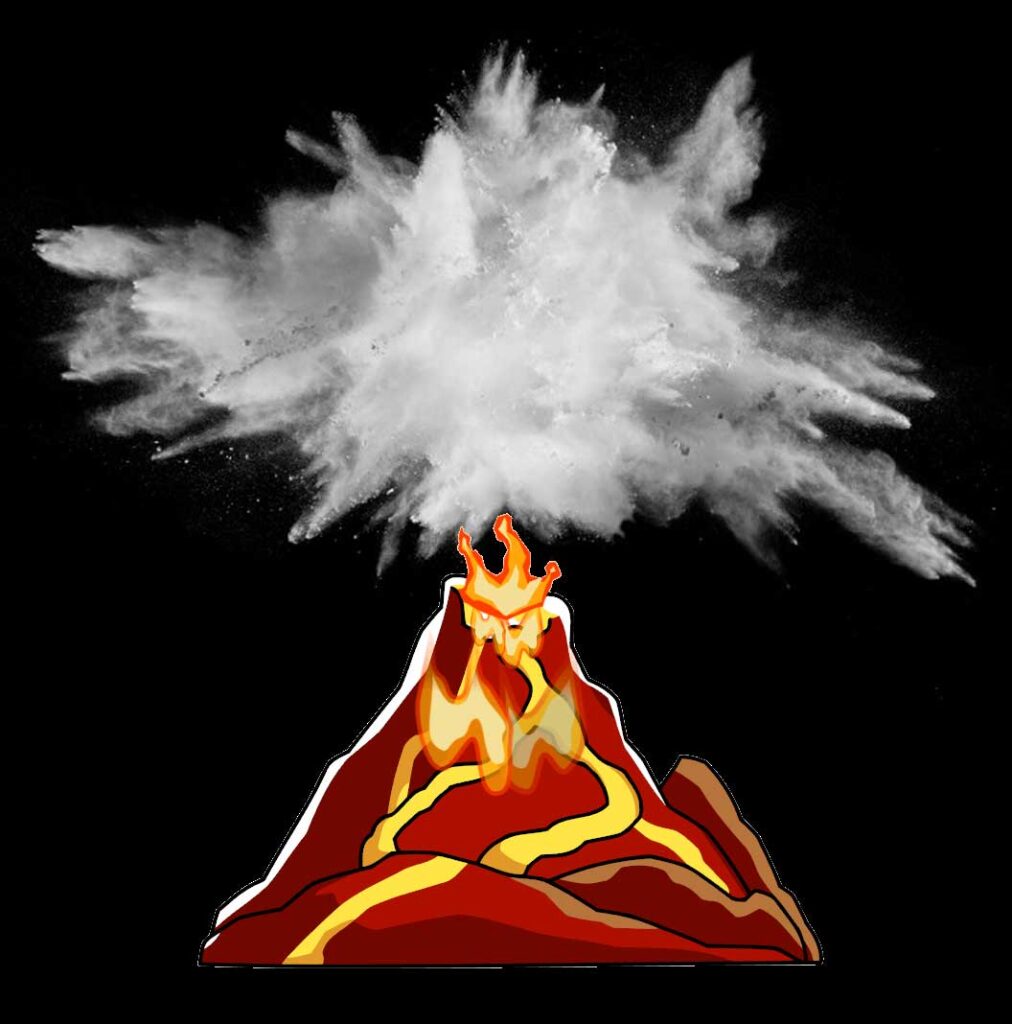
What to Do If Lye Contacts Skin
- Rinse immediately with vinegar or lemon juice (to neutralize).
- Flush with cool water for several minutes.
- Seek medical help if irritation persists.
Final Thoughts: Is Using Lye in Soap Making Safe?
Yes! When properly measured and fully saponified, lye-based soap is gentle and moisturizing.
The key is:
✔ Accurate measuring (use a lye calculator).
✔ Proper curing (4-6 weeks for cold-process soap to ensure complete saponification).
✔ Safe handling (always respect lye’s caustic nature).
By following these guidelines, you can confidently use lye in soap making to craft luxurious, all-natural bars at home.
Ready to get started? With the right precautions, soap making is a fun, rewarding hobby. Happy crafting!
